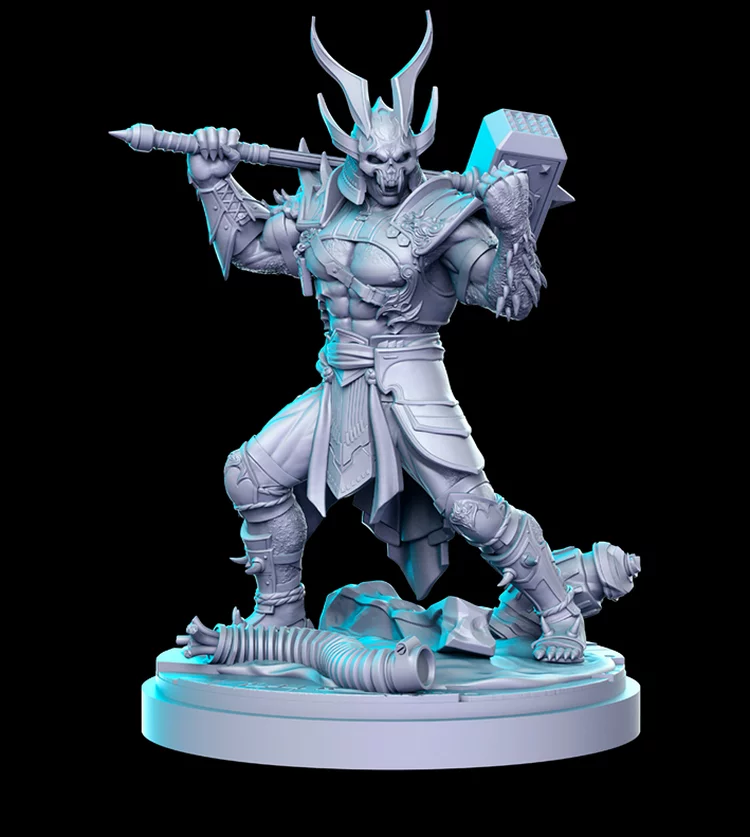
Raccoon – 3D print model STL
3D Print File Format: STL
Raccoons are medium-sized mammals native to North America. They are known for their distinctive appearance, which includes a black mask-like marking around their eyes and a bushy ringed tail. Here are some key characteristics and facts about raccoons:
1. Physical Appearance: Raccoons have grayish fur with a mix of black, brown, and white markings. They have a pointed snout, sharp claws, and dexterous front paws that allow them to manipulate objects much like human hands.
2. Nocturnal Creatures: Raccoons are primarily nocturnal, meaning they are most active during the night. They have excellent night vision and are well-adapted to foraging and hunting in low-light conditions.
3. Omnivorous Diet: Raccoons are opportunistic eaters and have a highly varied diet. They are omnivores, which means they eat both plant and animal matter. Their diet may include fruits, nuts, insects, small animals, bird eggs, and even human-made food if available.
4. Habitat: Raccoons are highly adaptable and can be found in a wide range of habitats, including forests, urban areas, marshes, and suburban neighborhoods. They are skilled climbers and are often seen scaling trees and buildings.
5. Reproduction: Raccoons usually mate in late winter or early spring, with a gestation period of about 63 days. Female raccoons, called sows, give birth to a litter of usually 2 to 5 kits. The kits stay with their mother for several months before becoming independent.
6. Intelligence: Raccoons are considered to be highly intelligent and curious animals. They have been known to solve problems and remember solutions to tasks for an extended period.
7. Conservation Status: Raccoons are generally not considered endangered or threatened as a species. Their adaptability to various habitats and ability to thrive in urban environments have contributed to their stable population.
Despite their cute appearance, raccoons are wild animals and should be treated with caution and respect. In urban areas, they may become pests by scavenging through garbage and causing damage to property. It’s important to avoid feeding or approaching wild raccoons to prevent potential conflicts and ensure their well-being.








